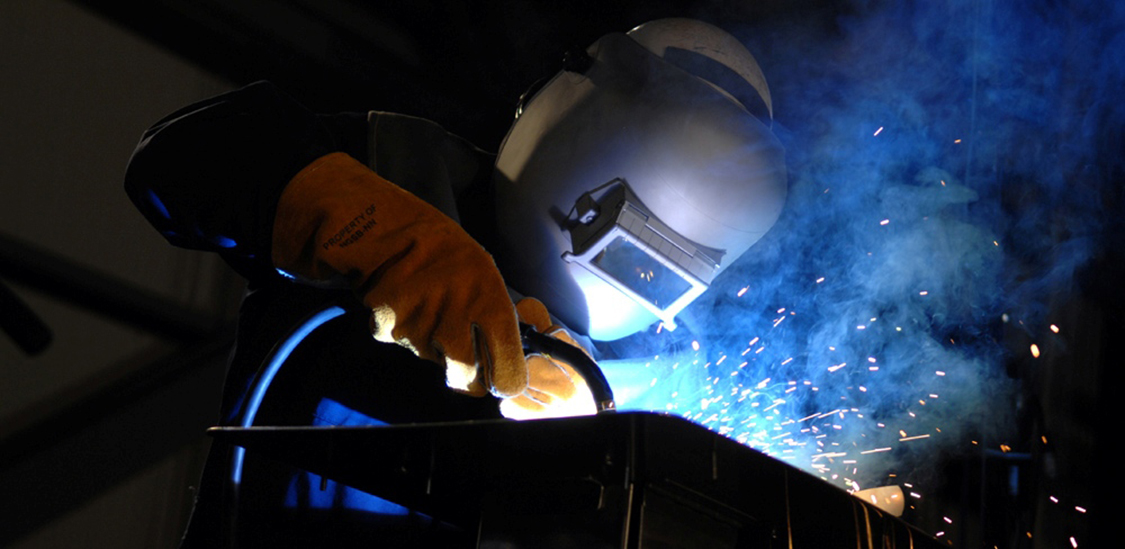Chapter 13 Temperature, Kinetic Theory, and the Gas Laws
13.0 Introduction

Heat is something familiar to each of us. We feel the warmth of the summer Sun, the chill of a clear summer night, the heat of coffee after a winter stroll, and the cooling effect of our sweat. Heat transfer is maintained by temperature differences. Manifestations of heat transfer—the movement of heat energy from one place or material to another—are apparent throughout the universe. Heat from beneath Earth’s surface is brought to the surface in flows of incandescent lava. The Sun warms Earth’s surface and is the source of much of the energy we find on it. Rising levels of atmospheric carbon dioxide threaten to trap more of the Sun’s energy, perhaps fundamentally altering the ecosphere. In space, supernovas explode, briefly radiating more heat than an entire galaxy does.
What is heat? How do we define it? How is it related to temperature? What are heat’s effects? How is it related to other forms of energy and to work? We will find that, in spite of the richness of the phenomena, there is a small set of underlying physical principles that unite the subjects and tie them to other fields.


